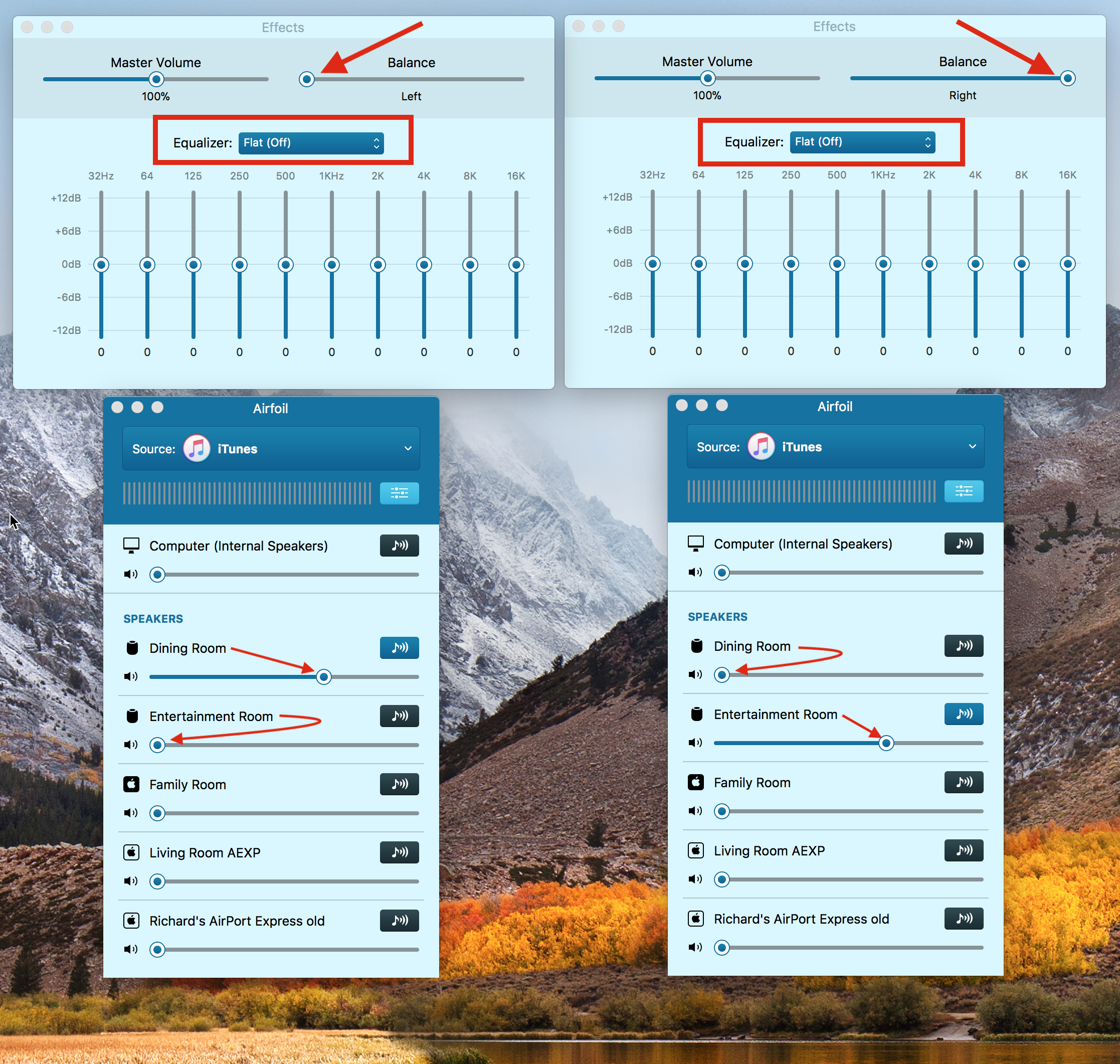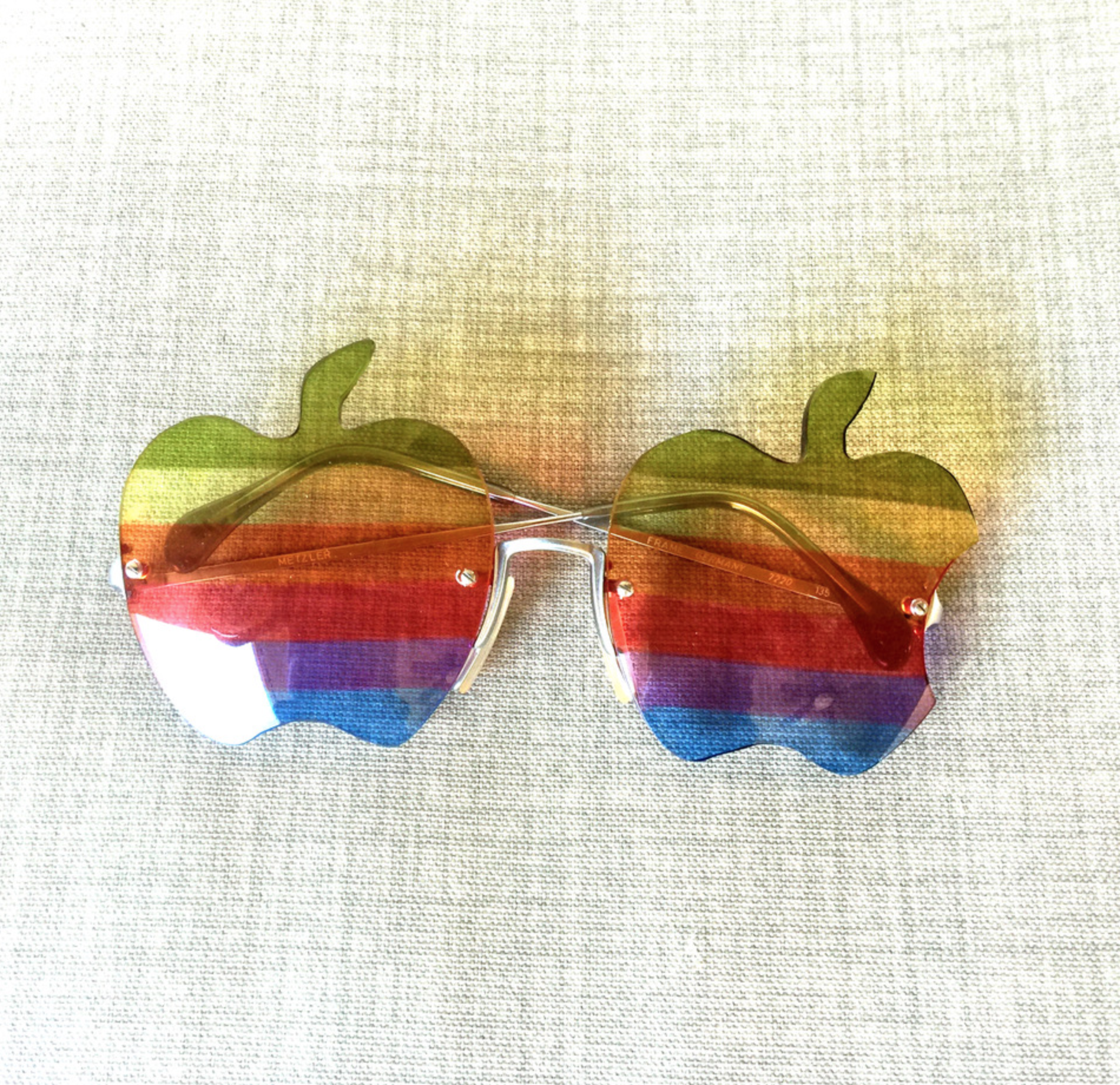dick applebaum
About
- Username
- dick applebaum
- Joined
- Visits
- 89
- Last Active
- Roles
- member
- Points
- 2,087
- Badges
- 2
- Posts
- 12,527
Reactions
-
Another test finds HomePod frequency response flat, but results potentially meaningless
Thx for he link, I dloaded it and reading up on it now. My oldest grandson has some USB mikes -- so I may be able to start at no cost and go from there.jasenj1 said:
How much do you want to pay, and how long do you want to spend learning how to do it?dick applebaum said:Can anyone here recommend Mac or iDevice software that can be used to listen to and analyze speakers like the homePod?
As has been pointed out in this thread, designing speakers is non-trivial. Testing them well is also non-trivial. There is very sophisticated, professional-level software & hardware to do this sort of thing. Some 'audiophile' grade publications produce a series of graphs and charts along with a subjective listening review.
Room EQ Wizard is popular & free software for doing things at home.
- Jasen.
-
How to AirPlay to two HomePods on iPhone & Mac (without AirPlay 2)
q2h said:
That looks like a neat solution until AirPlay 2 comes out and probably still useful after. Now if Apple or a third party would ever come out with a companion woofer...dick applebaum said:q2h said:
Two stereos don't make a surround sound. Two monos don't make a stereo.williamlondon said:
<<please tell me people understand this...>>q2h said:two mono audio sources playing the same channel do not equal stereo audio. please tell me people understand this...
Seems you're the one who doesn't understand, calling it monaural is like judging a calculator by the standards of an abacus.
My point is that you're not getting the same experience this way as you would if it was programmed to work together.
You'd be getting quad stereo if it wasn't L&R on one side and L&R on another side.
You can get stereo on 2 homePods by running a duplicate of Airfoil:
The names Dining Room and Entertainment Room refer to 2 homePods (L&R) in an open area -- about 24' x 24'.
As others have said in other threads, the homePod sound is not mono or stereo -- it's a new kind of sound. Apple calls it FullRoom sound, sometimes called immersive sound, because it dynamically adjusts its sound to the room and to the audio being played. As I understand it, when Airplay 2 becomes available, multiple homePods will listen to each other, talk to each other, and adjust to each other (in addition to each adjusting to the room and audio being played).
I suspect that will happen... Though, the woofers on the 2 homePods sound pretty good -- you can feel them in your gut -- not quite the same as when woofers are pointed at you and pumping a lot of air, but you do feel them -- kinda' like folded horn speakers using the walls and ceiling when placed in the corners of a room.
Currently, the homePods are in an area that is 2 stories tall (roughly 24' x 24' x 30' high) and they seem to be able to handle the adjustment to the room. When I had 1 homePod it was in the family room / kitchen space -- roughly the same size, but normal room height. It handled that fine.
-
How to AirPlay to two HomePods on iPhone & Mac (without AirPlay 2)
q2h said:
Two stereos don't make a surround sound. Two monos don't make a stereo.williamlondon said:
<<please tell me people understand this...>>q2h said:two mono audio sources playing the same channel do not equal stereo audio. please tell me people understand this...
Seems you're the one who doesn't understand, calling it monaural is like judging a calculator by the standards of an abacus.
My point is that you're not getting the same experience this way as you would if it was programmed to work together.
You'd be getting quad stereo if it wasn't L&R on one side and L&R on another side.
You can get stereo on 2 homePods by running a duplicate of Airfoil:
The names Dining Room and Entertainment Room refer to 2 homePods (L&R) in an open area -- about 24' x 24'.
As others have said in other threads, the homePod sound is not mono or stereo -- it's a new kind of sound. Apple calls it FullRoom sound, sometimes called immersive sound, because it dynamically adjusts its sound to the room and to the audio being played. As I understand it, when Airplay 2 becomes available, multiple homePods will listen to each other, talk to each other, and adjust to each other (in addition to each adjusting to the room and audio being played).
-
Another test finds HomePod frequency response flat, but results potentially meaningless
-
Another test finds HomePod frequency response flat, but results potentially meaningless
I did look for it -- spent about 40 minutes -- online discussions with Schiller and Eddie Cue, other forum sites (including Apple patents), even Apple developer docs/videos... when I came back to the thread, it had moved on (I hoped someone else would respond).lorin schultz said:
Speaking of you, you haven't responded to my post asking you to please share your source(s) of information about HomePod-specific metadata for sound shaping/equalization. Is there a reason you don't want to?
IDK, maybe I just made it up



